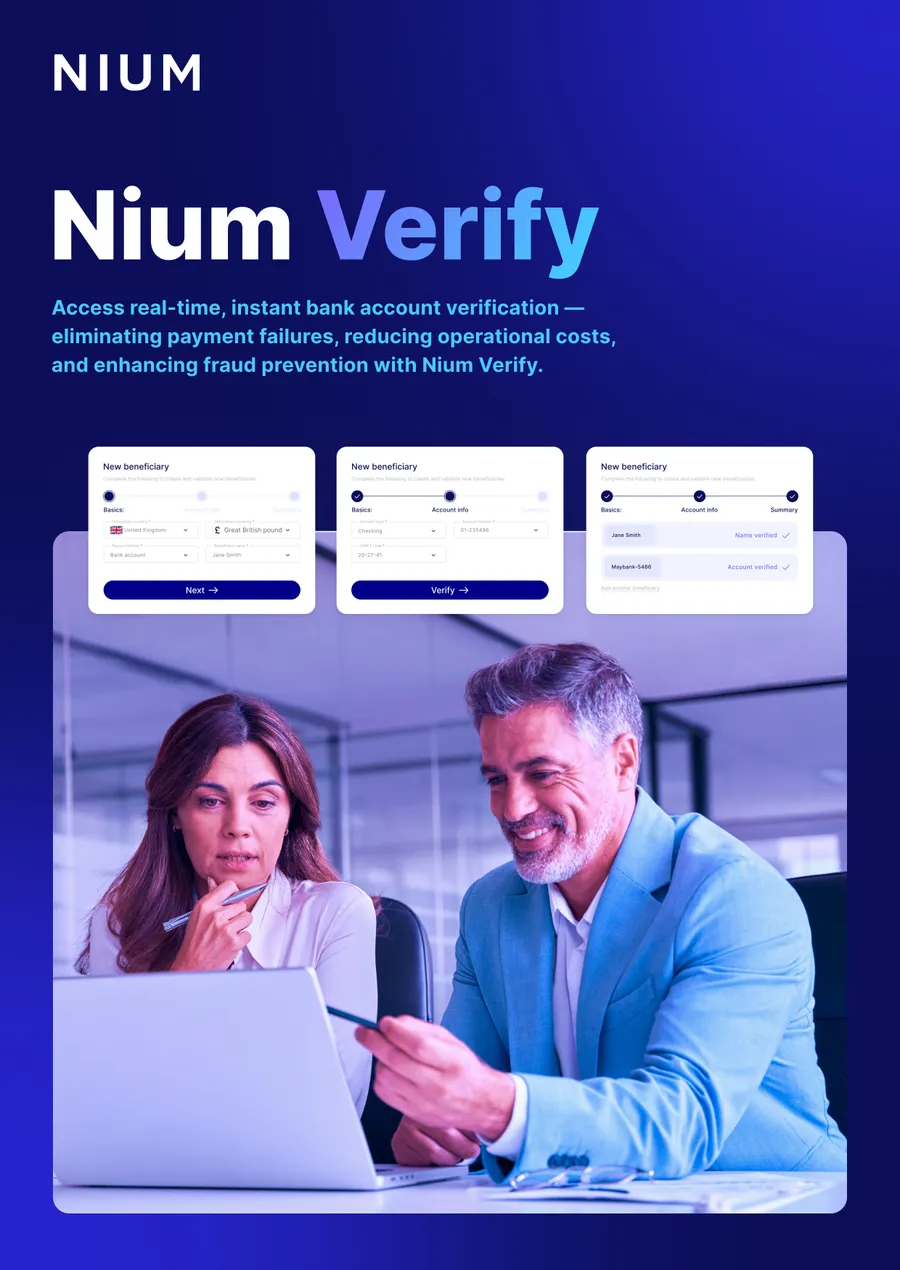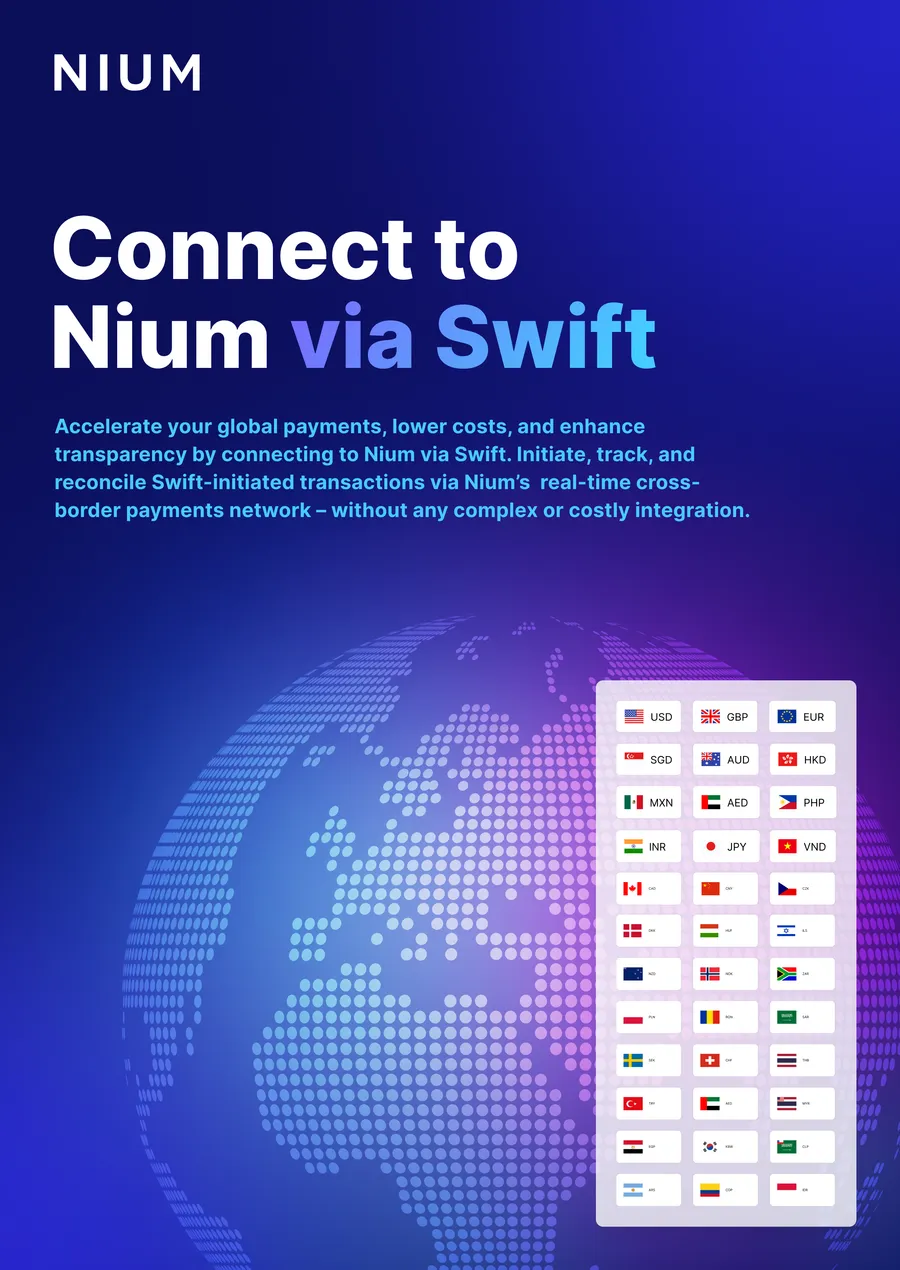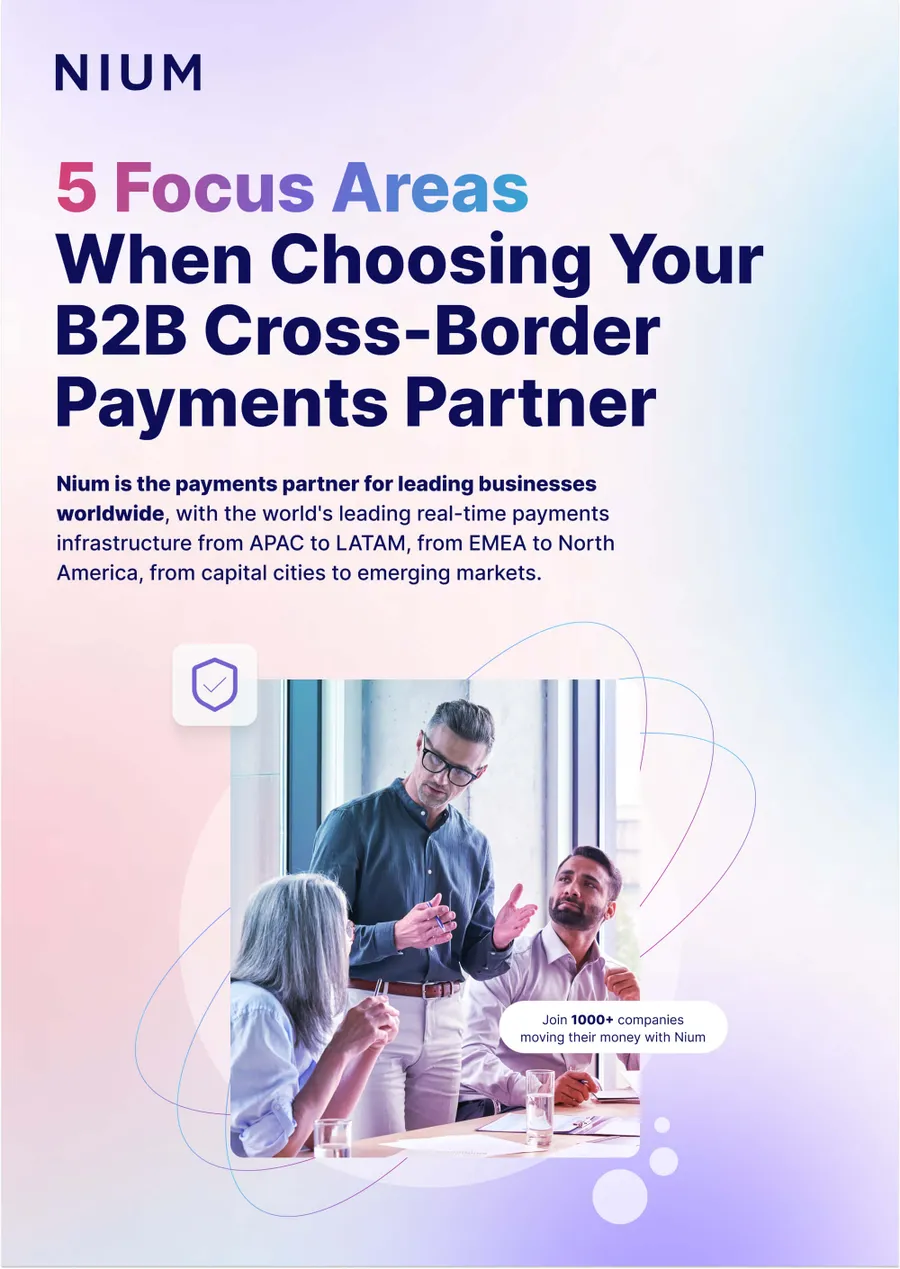Living in a digital economy, the shift away from conventional payment solutions is a change that businesses today can use to their advantage. From quick payments, reduced operating costs, and improved transparency, keeping track of money is no longer the complex process it once used to be (hint: if the right technology is used). This is why virtual cards are fast becoming a preferred payment solution for companies looking to replace friction with convenience in their mission to optimize expense management.
What Are Virtual Cards?
Similar to their physical counterparts, virtual cards are issued with 16-digit numbers that are automatically generated at the time of issuance. All transactions are tied to this number making expense tracking and reporting simpler, especially due to the added benefits of businesses being able to assign limits to spend and card usage. Their value is undeniable; old-school paper payments cannot keep up with the escalating payment needs and volumes of scaling businesses, this is why corporations are switching to virtual cards to streamline workflows and prevent fraud-linked losses.
Virtual cards are becoming increasingly prevalent in the business-to-business (B2B) domain due to finance teams reaping the benefits of increased productivity; hours upon hours of work once spent on reconciliation and refunds are now freed up due to reduced operational bottlenecks. Don’t just take our word for it, a recent study found that the virtual cards market was valued at $188.6 billion in 2018, and is now expected to reach $739.78 billion by 2025 with a CAGR of 21.6% over the forecast period. This change in trends is further escalated by a need for faster and remote payment solutions because of recent pandemic-associated lockdowns; in fact, businesses demanding remote payment authorizations have increased virtual card payments by 11%.
Virtual Cards with Accounts Payable Automation- The Benefits?
Virtual cards are packed with perks that rapidly speed up payment processing tasks, in turn significantly driving down the average cost per transaction incurred. This is not a small saving; it was found that paper-based invoices are the most-cited source of accounts payable friction costing businesses an average of $171,340 per year and 125 hours per week- quite a red flag for an organization looking to fast-track their success.
Ushering businesses into a new era of payment automation, there are many other advantages apart from enhanced internal controls that make virtual cards a strong contender in the race for top-performing payment solutions:
1) Simplified reconciliation: With flexibility in parameters to limit credit amounts, dates of use, and even country of use, virtual cards provide better control over finances so your budgets remain on track.
2) Real-time security: Requiring no sharing of bank account details, businesses can safeguard their financial data; the payments are not linked to the bank account, but to the virtual card itself.
3) Cost savings: Reducing chances of errors due to overpayments or duplications, costly administrative mistakes can be easily prevented using virtual cards for automated payments. Claims processors no longer need to go through onboarding processes to pay new vendors, they can instead issue a fresh card code to quickly authorize transactions.
4) Increased working capital: Requiring less time for transaction processing, businesses have access to more working capital which can in turn be invested to generate additional financial returns.
5) Happier staff: With your team no longer working on printing, signing, and mailing off cheques, businesses can achieve more productive and engaged employees – no longer occupied in manual tasks. This is one of the many reasons why 74.2% of companies are considering or currently spending on account payable (AP) and account receivable (AR) automation.
6) Earn rebates: Companies can earn rebates on payments to amplify cost control; for example, a firm that earns 0.5% cash back on virtual card invoice payments will generate $5,000 back for every $1 million spent just for running their routine operations with suppliers.
How Can Partnering with Nium Improve Expense Management?
For businesses targeting accelerated growth and profitability, Nium is your ally in ensuring cost savings, timely payments, secure transactions, and utmost financial transparency. Recent research by PYMNTS concluded that the switch to electronic invoices and virtual cards is picking up momentum so rapidly that spending on the latter is expected to grow to $355 billion within two years.
Eliminate inefficiencies across your payment processes, and cut out unnecessary costs to give your expense control a boost, meanwhile improving working capital to make your earnings go the extra mile. Nium offers quick implementation so you can start payment automation with virtual cards immediately with the convenience of outstanding international reach, and accelerated payment speed.
Ready to get started? Schedule a call with our team today to learn how virtual cards can help your business with payment automation today.

.png@webp)

.png@webp)

.webp@webp)


.png@webp)



